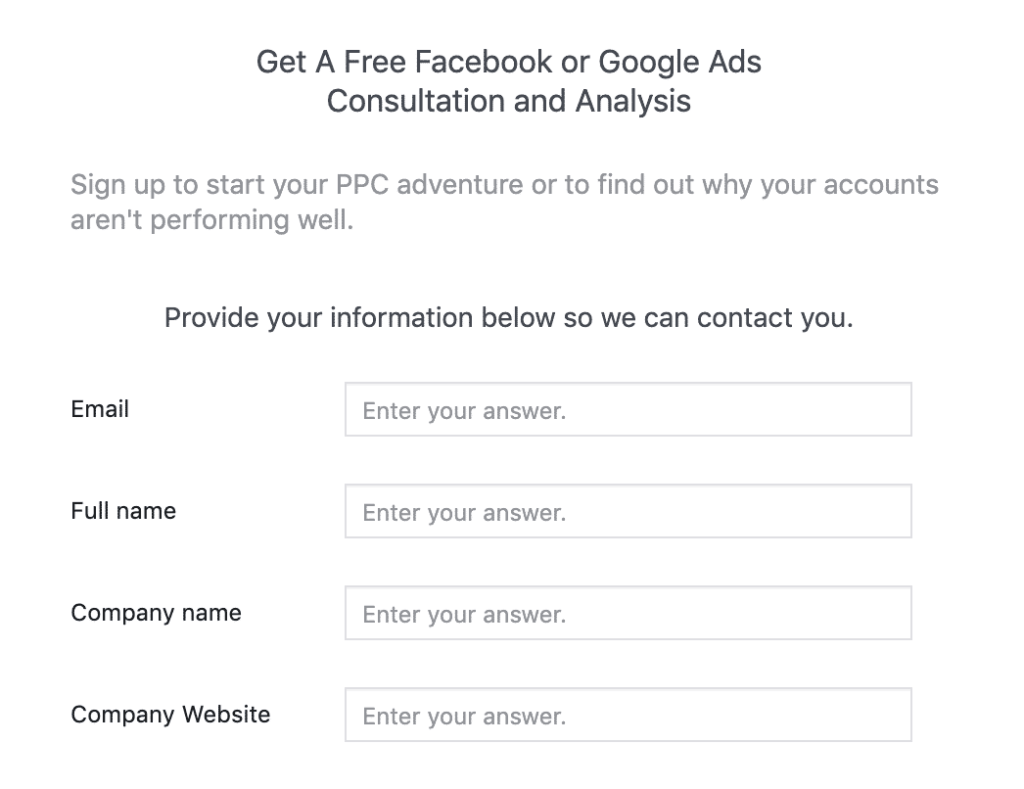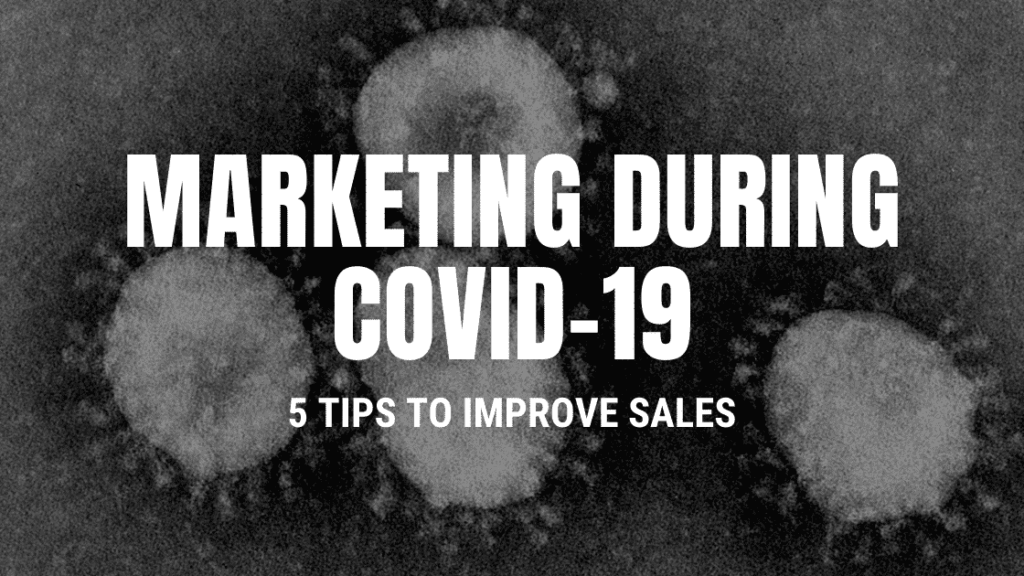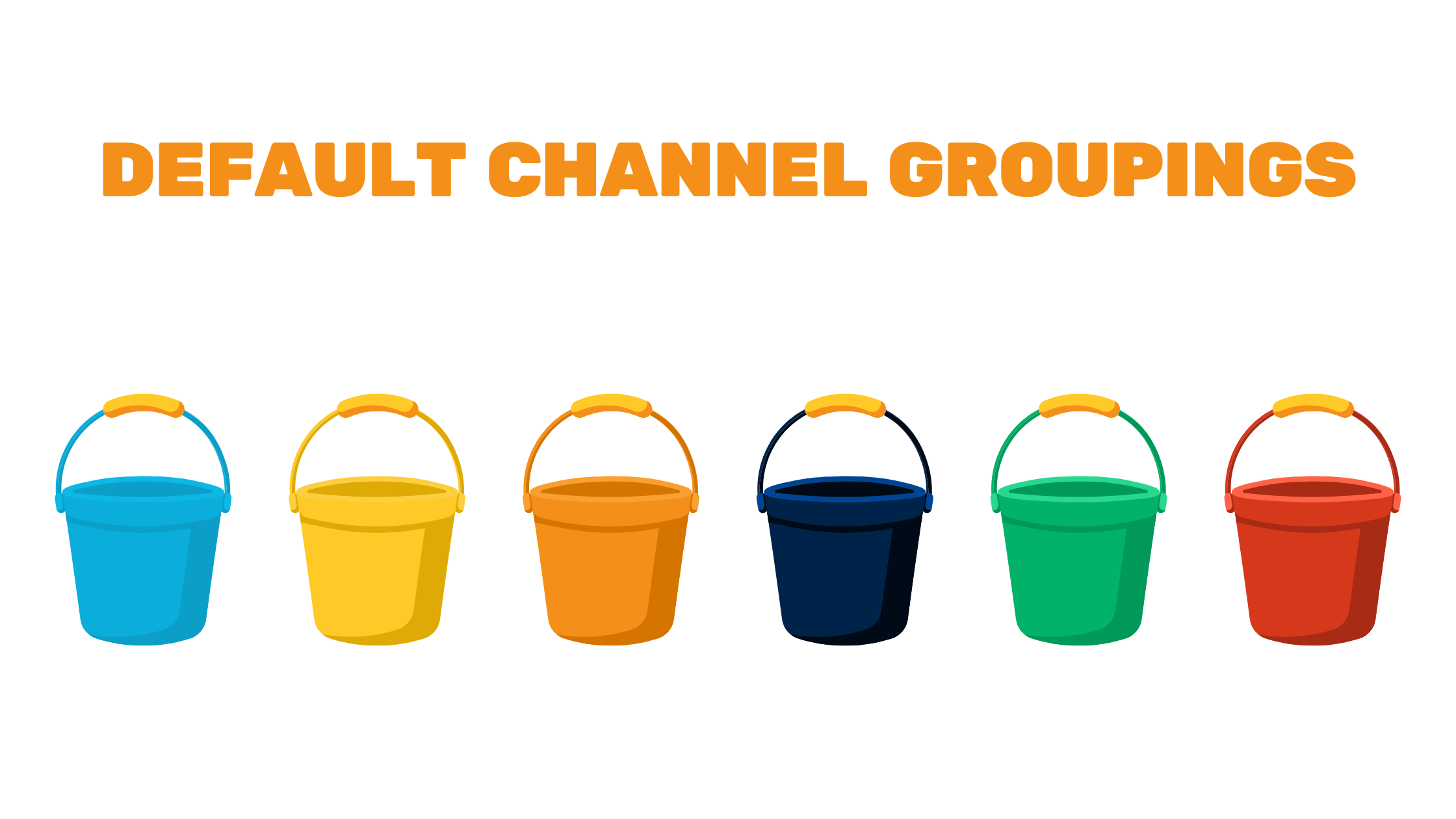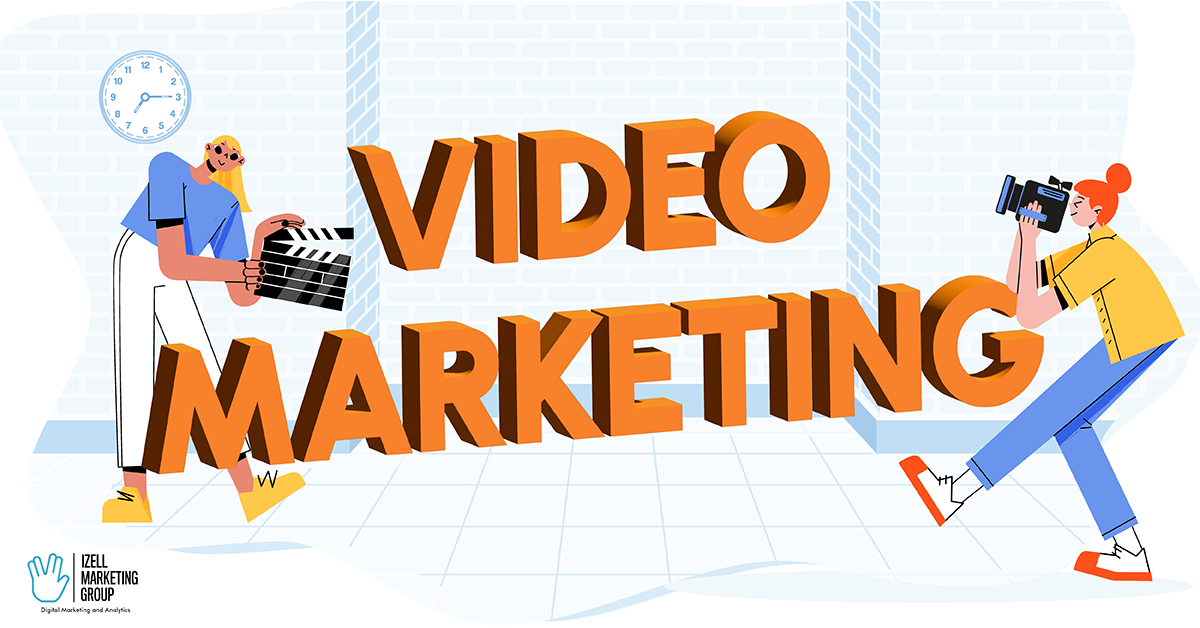The COVID-19 pandemic has caused non-essential businesses to close their doors temporarily here in much of the USA. While small business owners understand the need to help reduce the spread, many fear that they are risking going out of business.
We have been brainstorming ideas and want to share with you five strategies that could keep your business generating clients/customers and revenue.
1. Focus on Capturing More Emails

Since sales might be down right now, one thing you’ll want to have prepared for later is a new pool of potential customers or clients. That’s where building up your email list comes in. Email marketing is known to yield sales because it is the ultimate nurturing tool for converting a user from an interested observer to a new customer.
Online advertising platforms seem to be trending towards recommending a lead form model of advertising. Lead forms on ad platforms allow you to build a form within the ad itself so that a user can opt in to your email marketing without ever leaving the platform they’re on. This is particularly helpful for any small business that doesn’t yet have a website or can’t easily edit their site. It is especially effective on Facebook and Instagram, where users are more likely to be interested in staying on the social platform than navigating to a website. If you want to try this strategy, we highly recommend starting with Facebook Lead Ads. We are currently running lead ads for a client, and the campaign is achieving $0.20 per email capture.
2. Revamp Your Email Marketing Campaigns and Automations
On the same topic, this is also a good time to revisit your current email marketing strategy. If you don’t have one yet, now is the time to create one!
Most email marketing platforms, including MailChimp, allow you to set up automations. Email automations are excellent for making sure you’re sending out regular emails to new prospects without having to spend a lot of time constantly creating new email campaigns.
A good rule of thumb to follow with automations is to set up a series of emails that nurture the user to purchase. It’s important to not make every email focused on making a sale. Here’s an example:
Email 1: Thank them for signing up, and give them an overview of your company vision and what a new customer means to you.
Email 2: Promote your most popular products, collections, or services — include testimonials or reviews in this email if you have them.
Email 3: Tell a story that gets at the heart of your business. Show evidence of your business values.
Email 4: Use another testimonial or review to promote your products or services again. This time, tie it back to your values if possible.
3. Double Down on Remarketing and Lookalike/Similar Audiences
Remarketing is a way of showing your business ads to users who have been to your website. You can define this by specifying that they meet certain criteria, such as geographic or personal demographic, and by their behaviors – for example, they did not yet make a purchase or fill out a contact form.
Lookalike and similar audiences are both about taking a defined audience and trying to add new users onto it based on similar attributes. These can be built using existing users on your website or customer email lists you may already have. Lookalike audiences can be created in Facebook Ads, while similar audiences can be created in Google Ads.
The focus of these methods is to make sure anyone who is already familiar with your brand will continue seeing it, and those similar to your defined audience will learn about your products or services.
4. Re-engage Existing Customers
This strategy combines email marketing with remarketing.
Any current customers or clients should be segmented into their own list in your email marketing platform. From there, you can create a series of emails in an automation that goes out to just that segment. Since these users have already purchased from your company, they are most likely to be invested in the future of your business. It’s safe here to mention in your emails any concerns you may have about the future of your business due to COVID-19. Honesty and vulnerability can go a long way!
Remarketing does not have to be limited to showing ads to those who didn’t purchase. You can actually create segments in Google Analytics of users who have purchased from you already, then use those as remarketing lists for Google Ads. You can do the same on Facebook by uploading your customer email list as a custom audience.
By emailing and remarketing to your existing customers, you’re maximizing the opportunity of making sure those most devoted to you help you stay in business.
5. Explore New Platforms for Building a Business Presence
Finally, this is a time to do a quick search for where your target audience spends time online. You may find there are forums or communities where you could make a presence and engage new customers quickly and effectively. If you’re not sure where to start with this, try using Google’s Customer Insights tool to get some free information about your industry.
This is a Time to Experiment
Hopefully these ideas help get some of the momentum built back up for your business! If the prospect of doing this is overwhelming, feel free to reach out to get a little more direction. We can provide one consultation free of charge.




